I recently changed the name of my business. It was Energetic Body Mechanics and is now Tidal Rhythm Therapeutics (TRT.) The shift is partially due to my focus on the subtler side of bodywork, using the cranial rhythm and working with the Core current. Also, the old name was perhaps, unnecessarily obscure. Recently, a massage school opened in Santa Fé, named Body Mechanics, to add to the confusion. I am working to create a new logo that reflects this shift in attention.
I love the ocean; I was born on an island and TRT speaks to that loss; the pull of the tide, the sounds of the sea, the crash of waves on the shore, the humidity and the smells. Paradoxically, I revel in my life in the desert, which satisfies my love of mountains and solitude. I am working to create a new logo that reflects this shift in attention.
I am sharing my thoughts through these blog posts, to meld my enjoyment in writing with engaging with my community. Here’s another movement snack that can be easily incorporated into one’s day.
A lot of clients come to me with knee pain. This is often a result of restricted hip or ankle mobility, resulting in one’s knee being forced to work in a way that it was not designed to. Carefully rolling the foot out with a lacrosse ball can help. A tennis ball can work, if the lacrosse ball is too intense, or a golf ball, if one needs added pressure.
Exercise: Start with the ball at the ball of the foot behind the third toe, lean as much weight as comfortable onto it. Hold for 5-10 seconds. Roll the foot forward on the ball 1” and repeat. Keep repeating, 1” at a time, until the ball is at the heel. Then, work the lateral line, starting behind the 5th toe and working one’s way back to the heel, 1” at a time. Then, work the medial line starting behind the big toe and repeat the process. Switch feet and do the 3 lines (center, lateral & medial.) It should take about 5 minutes to do both feet.
Only 5 minutes a day! Try it out for 2 weeks and see how you feel.
Tools needed: Ball
While this exercise was designed for treating plantar fasciitis, it will affect the fascial sling that comes down the lateral leg and top the medial and help hip, knee, ankle and hamstring mobility. Try a forward fold, before and after, and one should notice an immediate change in how far down the hands can reach.
